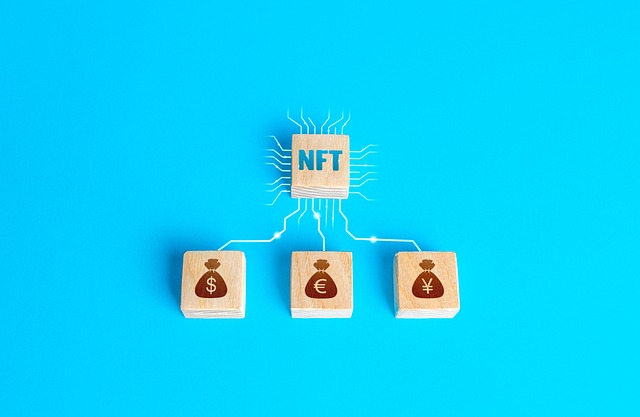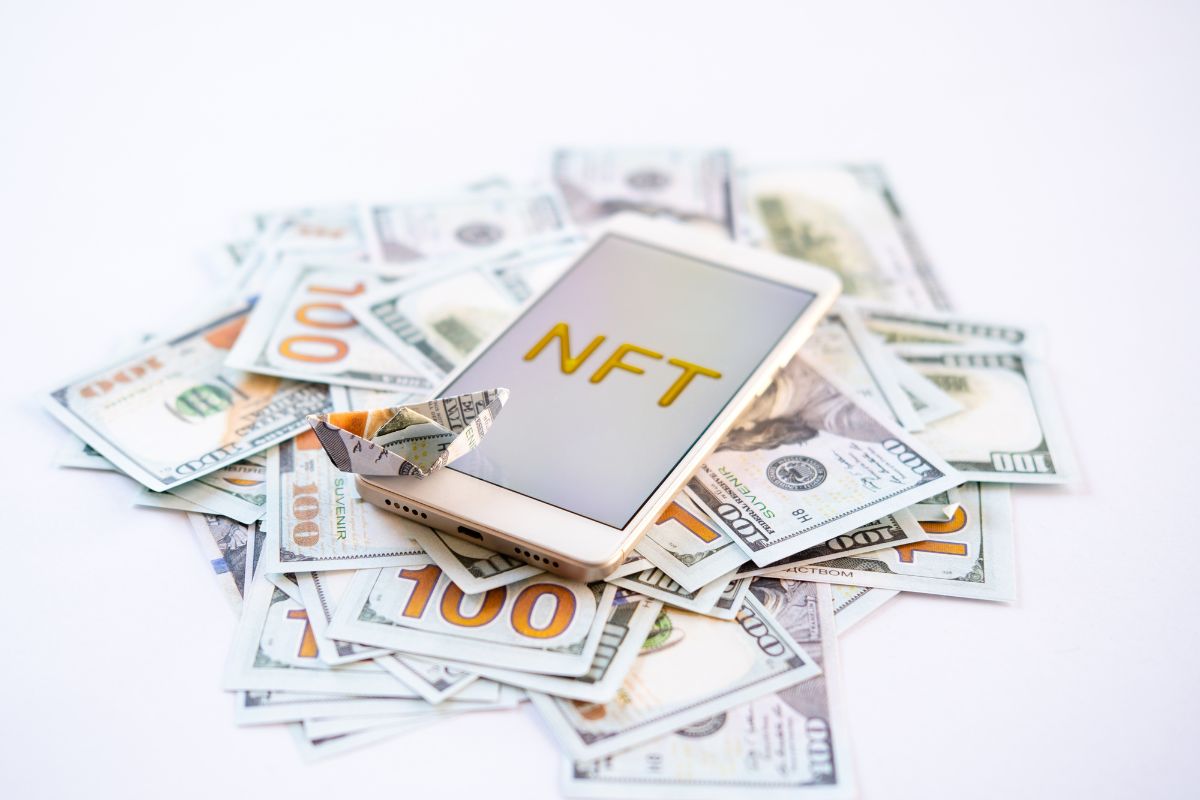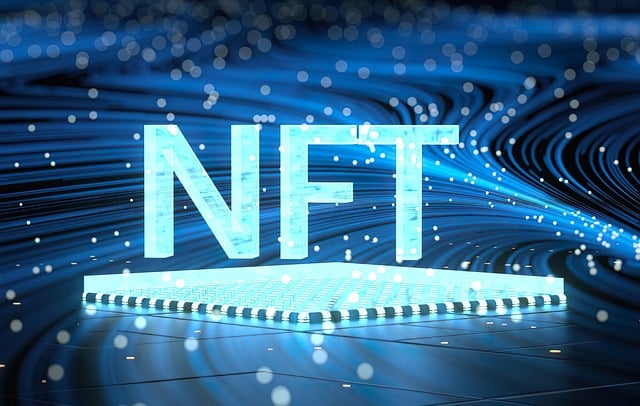
What are non-fungible tokens (NFTs)? It’s a question that has become increasingly popular in professional circles, especially with the emergence of decentralized finance (DeFi) and digital assets. NFTs are digital assets that represent ownership of tangible or intangible property – from artworks, tickets, events, and even physical products!
Introduction to NFTs: The Basics
Non-fungible tokens, or NFTs, are a type of digital asset that is quickly gaining popularity in the world of art, collectibles, and more. NFTs are unique in that they represent ownership of a specific item, whether that be a piece of digital art, a collectible, or even a tweet.
Unlike cryptocurrencies, which are fungible and can be exchanged for one another, NFTs are one-of-a-kind and cannot be duplicated or exchanged for another token. This makes them ideal for representing ownership of valuable and unique items.
They’re different from other digital assets like Bitcoin or Ethereum because they can’t be exchanged for one another due to their distinctiveness (One of a kind!). Instead, NFTs are stored on a blockchain – the same technology used to power cryptocurrencies like Bitcoin and Ether.
The History of NFTs: From CryptoKitties to Bored Ape Yacht Club and more
Non-fungible tokens, or NFTs, are a relatively new concept in the world of digital assets, but their impact has been significant and far-reaching. The history of NFTs can be traced back to the rise of blockchain technology and the launch of Ethereum in 2015. However, it wasn’t until the launch of CryptoKitties in 2017 that NFTs truly started to gain traction and capture the imagination of the public.
CryptoKitties was the first widely popular NFT-based game, where players could collect, breed, and trade virtual cats on the Ethereum blockchain. The game quickly took off, with some rare CryptoKitties selling for tens of thousands of dollars. This sudden surge of interest in NFTs caught the attention of artists, musicians, and other creatives, who saw the potential for NFTs to revolutionize the way they sell and distribute their work.
The NFT space has undergone a dramatic transformation, with thousands of projects experiencing monumental success. From Beeple’s $69 million auction piece to the Bored Ape Yacht Club and Cryptopunk’s domination within the NFT daily crypto volumes; fashion brands, games, and more have been produced as co-utility to NFTs. This new world of Web 3.0 continues to shape lives every day by making it easier than ever to create an NFT.
The Future of NFTs: Use Cases Beyond Art and Collectibles
The future of NFTs is bright and holds endless possibilities beyond just art and collectibles. NFTs have the potential to revolutionize many industries, including real estate, gaming, music, and sports.
For example, NFTs could be used to represent ownership of virtual real estate in online gaming platforms or to authenticate and track ownership of limited-edition merchandise.
In the music industry, NFTs could be used to represent ownership of rare, limited-edition recordings or concerts.
In sports, NFTs could be used to represent ownership of unique, one-of-a-kind moments such as a game-winning touchdown or a legendary home run.
The versatility of NFTs makes them a powerful tool for creating unique and valuable digital assets, and the future of NFTs is limited only by our imagination.
The Pros and Cons of NFTs: Balancing the Benefits and Risks
NFTs come with both benefits and risks. Let’s explore some of the pros and cons of using non-fungible tokens in everyday life.
Pros of NFTs
On the one hand, NFTs offer a new way to create, trade, and own unique digital assets that have real value. They also offer a way for artists, creators, and collectors to monetize their work and build their own brands.
Cons of NFTs
On the other hand, NFTs are still a relatively new and untested technology, and there are concerns about the environmental impact of blockchain technology that underlies them. Additionally, there are security risks associated with NFTs, as they can be easily stolen or lost if proper precautions are not taken.
It is important to carefully consider the benefits and risks of NFTs before investing or using them, to make informed decisions and protect your assets.
Conclusion
In conclusion, NFTs are a fascinating new development in the digital world, offering a unique way to create, trade, and own digital assets that have real value. From the first CryptoKitties to the booming NFT market of today, NFTs have come a long way in just a few short years. While NFTs have the potential to revolutionize many industries and offer new opportunities for artists, creators, and collectors, it is important to consider both the benefits and risks before diving in.
With proper precautions, professional guidance, and risk management, the possibilities of NFTs are endless. Those who choose to explore NFTs can find ways to safely take advantage of both its potential opportunities and risks. With an ever-expanding market of uses, it’s only a matter of time before we see more impact it would bring to the real world.
Whether you are an artist looking to monetize your work, a collector seeking rare and unique assets, or simply someone curious about this exciting new technology, NFTs are worth paying attention to. The future of NFTs is still unfolding, and it will be interesting to see how they continue to evolve and shape our digital world in the years to come.


